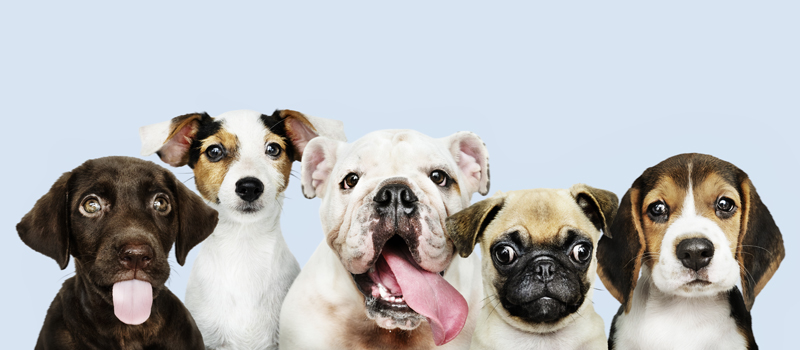Dogs have been our faithful companions for centuries. While they can’t communicate with us using words, they have developed a rich and intricate form of nonverbal communication through body language. Understanding this canine dialect is a crucial skill for any dog owner. In this article, we’ll explore the fascinating world of decoding dog body language, with a brief section on veterinarians’ important role in maintaining your furry friend’s well-being.

The Tail Tells a Tale
The tail is often the most expressive part of a dog’s body language. A wagging tail is a universal symbol of a happy and excited dog, but it’s essential to remember that not all tail wags are created equal. The wag’s speed, position, and direction are all important factors.
- A high, fast tail wag generally signifies joy and enthusiasm.
- A low, slow tail wag can indicate submission or uncertainty.
- A wag to the right may suggest happiness and relaxation, while a wag to the left may indicate tension or anxiety.
However, the tail is just one piece of the puzzle. You must consider the context and the dog’s overall body language to interpret their feelings accurately.
Ears: Windows to Their Soul
A dog’s ears are incredibly expressive and can reveal a lot about their state of mind. Perked-up ears signal alertness and interest, while relaxed, backward-facing ears may indicate a calm and contented dog. On the other hand, pinned-back ears suggest fear or aggression.
It’s important to note that some dog breeds have naturally floppy ears, making ear position less obvious. In such cases, paying close attention to other body language cues is essential.
The Eyes Have It
A dog’s eyes can convey a wealth of emotions and intentions. Bright, relaxed eyes indicate a calm and friendly disposition, while wide, staring eyes can signal fear or aggression. Half-mast or squinting eyes may suggest contentment.
Blinking can also signify submission in dogs; averted eyes may indicate discomfort or anxiety. As with other body language cues, it’s crucial to consider the overall context and the dog’s specific behavior.
Mouth and Lips: Signals of Comfort
A dog’s mouth and lips can provide subtle clues to their emotions. A relaxed, slightly open mouth typically indicates a content and approachable dog. On the other hand, a closed mouth with tightly pressed lips may signal tension or aggression.
Panting can be a sign of overheating or excitement, while lip licking is often a sign of anxiety or submission. Yawning, when not associated with tiredness, can also be a displacement behavior indicating discomfort or stress.

The Role of Veterinarians
While understanding and interpreting dog body language is essential for building a strong bond with your furry friend, it should not replace a qualified veterinarian’s regular care and guidance. Veterinarians are the primary healthcare providers for dogs and play a vital role in ensuring their well-being.
Regular vet visits are crucial for preventive care, including vaccinations, dental check-ups, and parasite control. They can also detect and address underlying health issues before they become serious problems. Veterinarians are trained to recognize subtle changes in a dog’s body language that may indicate illness or pain, and they can provide expert guidance on nutrition, exercise, and behavioral concerns.
In the context of understanding and interpreting dog body language, it’s essential to ensure your furry friend’s well-being through regular veterinary care, and you can find a trusted source of expert guidance and healthcare services at saltwateranimalhospital.com.
In emergencies or unexpected health problems, veterinarians provide immediate care and assistance. Their expertise and commitment to the well-being of your dog are invaluable in ensuring a long and healthy life for your beloved pet.
In conclusion, decoding dog body language is a valuable skill that can enhance your relationship with your canine companion. By understanding their tail wags, ear positions, eye expressions, and other nonverbal cues, you can better respond to their needs and emotions. However, it’s important to remember that this knowledge should complement, not replace, regular visits to the vet. Veterinarians are essential partners in your dog’s care, and their expertise is instrumental in safeguarding your pet’s health and happiness.
